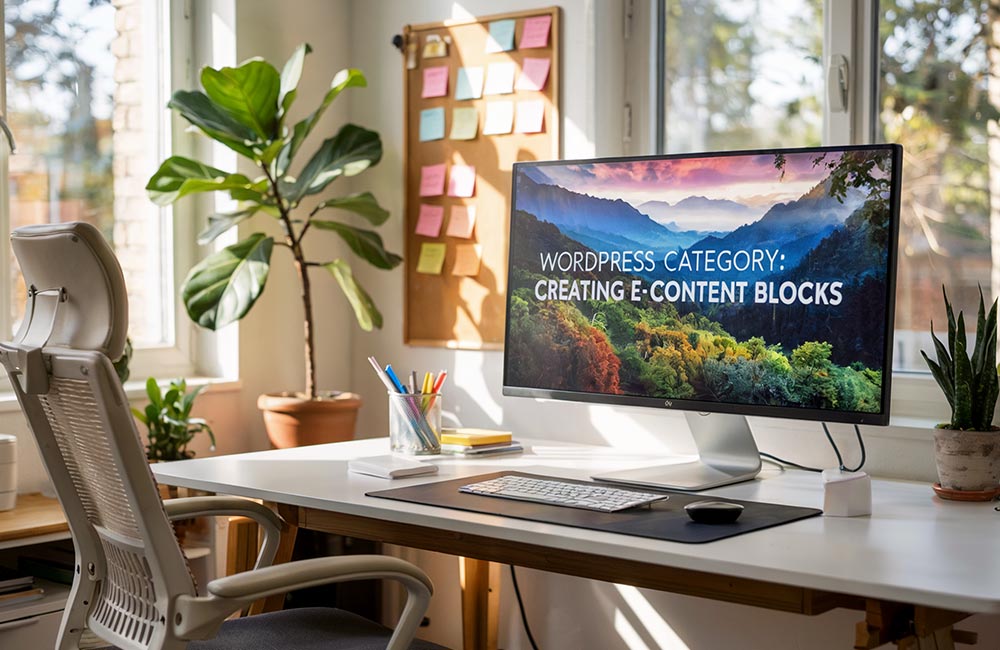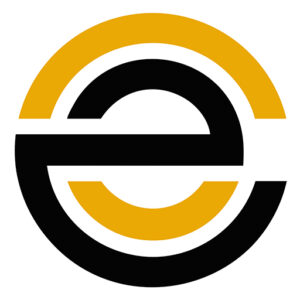 The Critical Importance of Proper SEO Implementation
The Critical Importance of Proper SEO Implementation
Search engine optimization (SEO) has become the cornerstone of online visibility and business success. WordPress, powering over 43% of all websites, offers unparalleled flexibility and ease of use, yet many site owners unknowingly sabotage their search rankings through common SEO errors.
These mistakes range from technical oversights to content strategy missteps, each capable of significantly diminishing a website’s performance in search engine results pages (SERPs). Understanding and avoiding these common SEO errors is not merely about achieving higher rankings.
This article will systematically examine the most prevalent SEO mistakes in WordPress websites, categorize them into technical, on-page, and content strategy errors, and provide actionable solutions to help website owners optimize their digital presence effectively.
Many website owners focus solely on content creation while neglecting foundational SEO elements. However, search engines evaluate hundreds of ranking factors, from site architecture to user engagement signals. By taking a holistic approach that addresses both technical and creative aspects, WordPress users can avoid the pitfalls that keep their sites from reaching their full potential in organic search results.
Technical SEO Errors: The Foundation of Search Visibility
The Permalink Predicament
One of the most fundamental yet frequently overlooked technical SEO errors in WordPress involves permalink structure. The default WordPress setting generates URLs as numerical sequences (e.g., ?p=123), which provide no contextual information to search engines or users. This represents a missed opportunity for keyword optimization and user experience enhancement.
The solution lies in WordPress’s permalink settings panel, where website owners should select the “Post Name” option or create a custom structure incorporating relevant keywords. For instance, “yoursite.com/seo-best-practices” significantly outperforms “yoursite.com/?p=456” in both search engine comprehension and user click-through rates. This simple adjustment can yield immediate improvements in search visibility.
Beyond basic permalink optimization, consider implementing breadcrumb navigation and canonical tags to further enhance URL structure. These elements help search engines better understand your site hierarchy while preventing duplicate content issues. Remember that once set, permalink changes should be implemented carefully with proper redirects to preserve existing search equity.
Website Speed: The Silent Ranking Killer
Google’s algorithms increasingly prioritize website loading speed, with mobile page speed becoming a formal ranking factor since 2018. Common WordPress practices that contribute to sluggish performance include:
- Unoptimized image files (particularly common with photo-heavy sites)
- Plugin overload (the average WordPress site runs 20+ plugins)
- Cheap, shared hosting plans not optimized for WordPress
Addressing these issues requires a multi-pronged approach. Implementing caching solutions like WP Rocket, optimizing images through tools like ShortPixel, and upgrading to managed WordPress hosting can dramatically improve load times. Regular performance audits using Google’s PageSpeed Insights help identify and rectify speed bottlenecks before they impact rankings.
Modern users expect pages to load in under 2 seconds, with every additional second increasing bounce rates exponentially. Beyond technical fixes, consider implementing lazy loading for images, deferring non-critical JavaScript, and using a content delivery network (CDN) to serve assets from locations closer to your visitors. These combined efforts can transform a sluggish site into a speed champion.
Mobile Responsiveness: No Longer Optional
With mobile devices accounting for over 58% of global website traffic as of 2023, having a mobile-responsive design has transitioned from recommendation to requirement. Google’s mobile-first indexing means the search giant primarily uses the mobile version of content for ranking and indexing.
WordPress users must ensure their chosen theme is genuinely responsive across all device sizes. Many premium themes advertise responsiveness but fail rigorous testing. Using Google’s Mobile-Friendly Test tool provides immediate feedback on a site’s mobile compatibility, while avoiding overly complex page builders helps maintain clean, fast-loading mobile experiences.
Mobile optimization extends beyond responsive design to include touch-friendly navigation, properly sized tap targets, and mobile-appropriate font sizes. Google’s Core Web Vitals now specifically measure mobile user experience, making these elements critical for rankings. Regularly test your site on actual mobile devices to catch issues automated tools might miss.
On-Page SEO Mistakes: Optimizing Content for Search and Users
The Keyword Conundrum: From Stuffing to Strategy
Keyword optimization remains central to SEO, but the approach has evolved dramatically. The once-common practice of keyword stuffing artificially inflating keyword density; now triggers search engine penalties rather than rewards. Modern SEO demands a more nuanced approach where keywords are incorporated naturally within high-quality, comprehensive content.
Effective keyword strategy involves:
- Maintaining natural language flow (1-2% keyword density)
- Incorporating semantic variations and related terms
- Focusing on user intent rather than exact-match phrases
Tools like SEMrush’s SEO Writing Assistant help content creators strike this balance by analysing content in real-time for optimal keyword usage without crossing into spammy territory.
Today’s sophisticated search algorithms understand contextual meaning beyond exact keywords. Focus on creating content that thoroughly addresses user questions and needs, using keywords as natural guideposts rather than rigid requirements. This approach aligns with how modern search engines evaluate content quality and relevance, leading to more sustainable rankings.
Meta Tag Missteps: Your First Impression in SERPs
Meta titles and descriptions form a webpage’s “business card” in search results, yet many WordPress sites either duplicate these elements across pages or leave them blank, forcing search engines to generate unoptimized versions. Each page requires unique, compelling meta tags that:
- Accurately reflect page content
- Include primary keywords naturally
- Entice users to click (acting as ad copy)
Plugins like Yoast SEO and Rank Math simplify this process by providing real-time feedback on meta tag effectiveness while preventing duplication across pages.
While meta tags don’t directly impact rankings, their influence on click-through rates creates a powerful indirect effect. Craft meta descriptions that highlight unique value propositions and include emotional triggers or numbers when appropriate. Test different variations to determine what resonates most with your target audience.
Content Strategy Errors: Beyond Basic Optimization
The Consistency Crisis
Many WordPress sites suffer from erratic publishing schedules, creating feast-or-famine content patterns that confuse both search engine crawlers and human audiences. Google’s algorithms favour websites demonstrating consistent, topical authority through regular content updates.
Implementing an editorial calendar with:
- Themed content clusters
- Regular publishing intervals
- Seasonal relevance
helps establish content rhythm that search engines reward. This approach also builds audience anticipation and return visitation.
Consistency doesn’t necessarily mean daily publishing—it means establishing a sustainable cadence aligned with your resources and audience expectations. A small business might thrive with two high-quality posts per month, while a news site may require daily updates. The key is maintaining predictable patterns that search crawlers can rely on.
Internal Linking: The Forgotten Ranking Booster
While external links receive significant attention, internal linking represents one of the most underutilized SEO strategies. Proper internal linking:
- Distributes page authority throughout the site
- Helps search engines understand content relationships
- Improves user engagement and time-on-site
WordPress plugins like LinkWhisper automate much of the internal linking process by suggesting relevant connections as content is created, ensuring this powerful ranking factor isn’t overlooked.
Strategic internal linking creates content silos that reinforce topical authority. When linking, use descriptive anchor text that provides context about the destination page. This practice not only helps search engines but also improves accessibility for all users, including those with screen readers.
Conclusion: Building a Future-Proof SEO Strategy
Avoiding common SEO errors in WordPress requires ongoing vigilance and adaptation to search engine evolution. By addressing technical foundations, optimizing on-page elements, and executing a thoughtful content strategy, website owners can create digital properties that perform well in search rankings while delivering exceptional user experiences.
The most successful WordPress sites treat SEO not as a one-time project but as an integral part of their ongoing digital strategy. Regular audits, performance monitoring, and content refinement ensure sustained visibility in an increasingly competitive online landscape. In an era where search engines increasingly prioritize user experience signals, fixing these common SEO errors becomes not just about ranking higher, but about creating better websites that serve their audiences effectively.
SEO success in WordPress comes from balancing technical excellence with creative content development. By viewing your website through both search engine and human lenses, you can avoid the common pitfalls while building a robust online presence. Remember that SEO is a marathon, not a sprint consistent, quality-focused efforts yield the most sustainable results over time.








